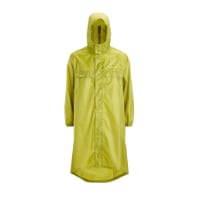I plan to start from St Jean in mid May. Will be walking with my nephew. He’s 18. I’m 70, so there will be a difference in speed. I have been training, but don’t think I’ll be able to do more than 15 km daily. I think I could do St Jean to Orrison, but not sure about the next day on to Roncevales. I do have a heart condition that is stable right now, but endurance could be a problem. I know I can do 5-6 miles at a time, and have been doing some climbing in New Mexico at elevations of up to a mile without difficulty. Just took it nice and slow. But it was not as long a hike as those I anticipate in Spain.
If I start the Napoleonic Route and get too exhausted en route from Orrison , are there options? Any suggestions welcome
If I start the Napoleonic Route and get too exhausted en route from Orrison , are there options? Any suggestions welcome



















